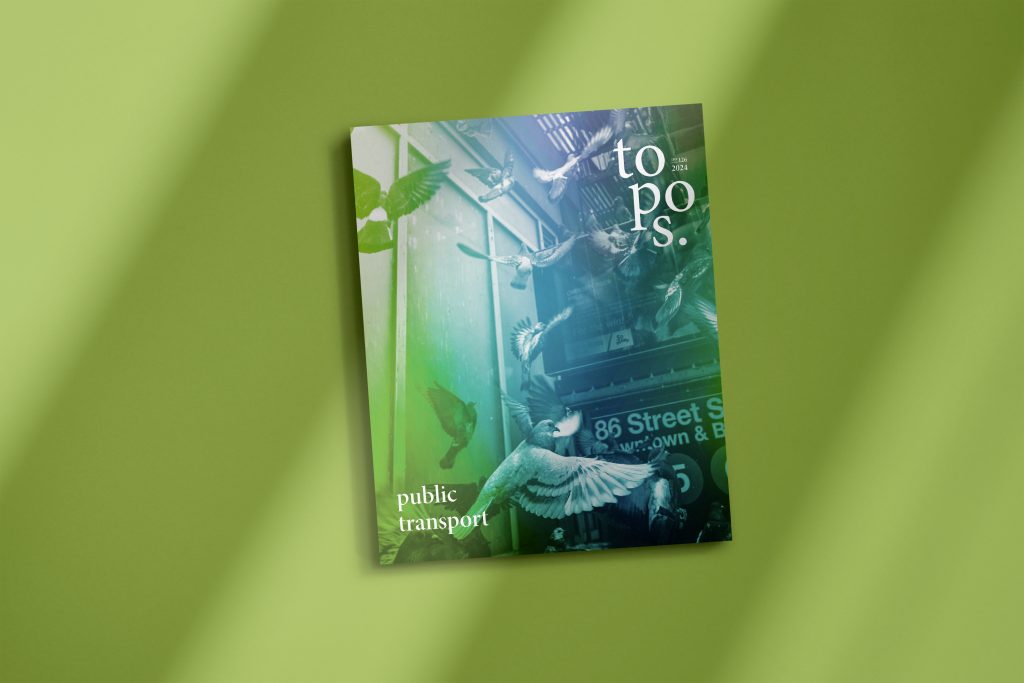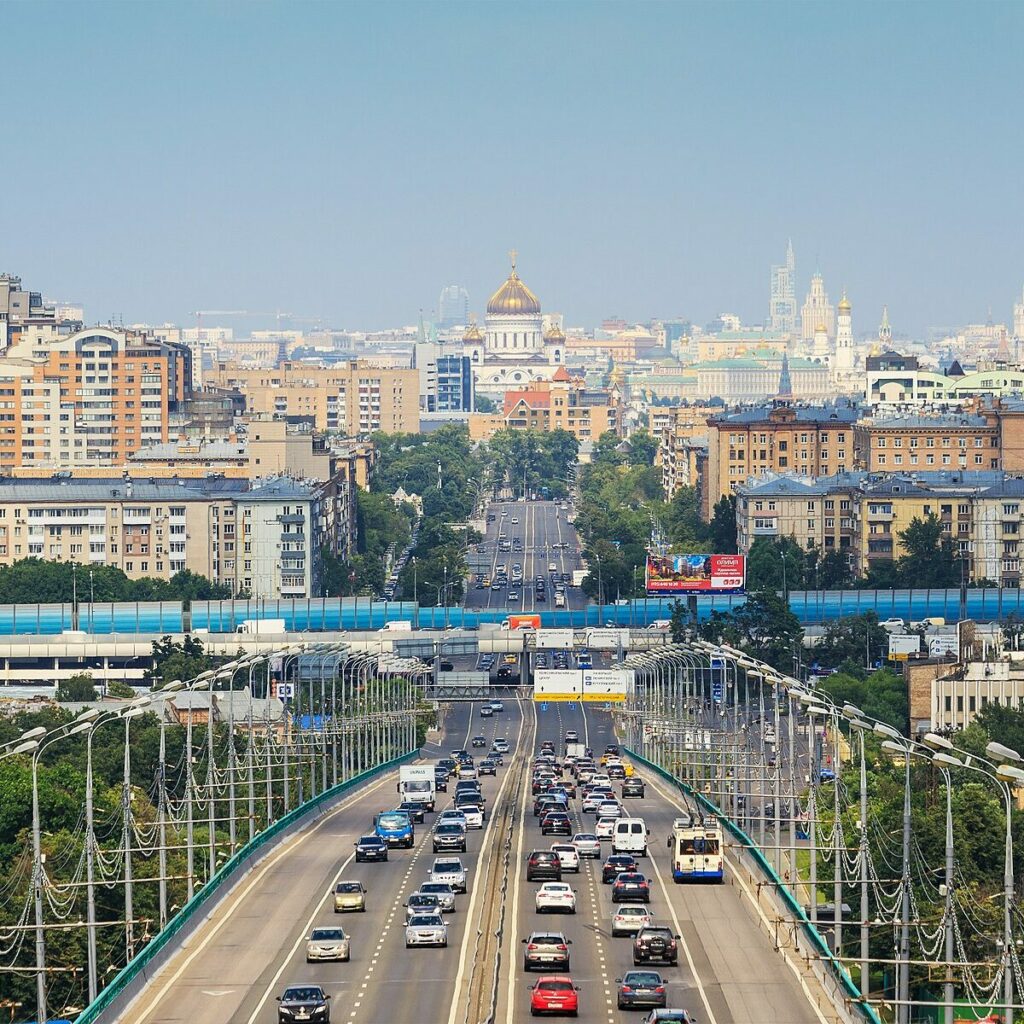
In an ongoing series exploring the effects of China’s Belt and Road Initiative on the cities involved, our first stop is the ancient yet thoroughly modern Chinese city of Xi’an.
Billboard
Skyscrapper
Halfpage
In an ongoing series exploring the effects of China’s Belt and Road Initiative on the cities involved, our first stop is the ancient yet thoroughly modern Chinese city of Xi’an.
China’s Belt and Road Initiative has been described as a modern-day silk road. Encompassing a series of massive infrastructural and investment projects spread across parts of Europe, Africa and Asia, it follows several routes from mainland and coastal China, across the sea and over land, through the Central Asian republics and several southeast Asian port cities and reaching as far as Djibouti and Mombasa in East Africa, Duisburg in Germany and Venice in Italy. As part of an ongoing series exploring the effects this huge project is having on the cities involved, our first stop is the Chinese city of Xi’an.
Xi’an is a good place to start discussing the Belt and Road initiative. Not only was it where the original silk road began but its transformation in recent years also captures some of the difficulties presented by such a massive initiative.
While the city had been a key crossroad between China, the Middle East and Europe for millenia and was the first capital of a unified China, its recent history was one of relative stagnation. Being situated squarely inland, it missed out on the country’s early moves toward economic liberalisation, which primarily benefited coastal cities that were better connected to international markets.
From stagnation to departure
The big turning point came several years before the official announcement of the Belt and Road Initiative. In 2008, the Xi’an International Trade and Logistics Park became China’s largest inland port. Then, shortly after that, in 2009, Zhao Leji — then secretary of the Shaanxi province of which Xi’an is the capital and now one of the seven members of the China’s most senior governing body — secured party approval to turn the city into an “international metropolis”.
This designation ensured significant funding for massive infrastructural expansion: encompassing rail, bus and air travel. In 2012, excavation began on a large subway network. That same year, the city’s airport was significantly expanded and the Xi’an North Railway Station was opened. Serviced by the Longhai railway, the train station quickly became one of Asia’s largest rail terminals, now serving 82 million passengers each year.
Medium Rectangle
Halfpage
Huge influx of foreign visitors
All this lends itself well to another central aspect of the Chinese government’s plans for Xi’an: promoting tourist trade. China is set to be the world’s most visited country by 2030 and Xi’an’s rich cultural heritage means it is well placed to capitalise on this new growth area. Along with the famous Terracotta Army contained within the 2nd Century BC mausoleum built for China’s first emperor Qin Shi Huang, Xi’an hosts a 14th Century great mosque set within a thronging Muslim quarter, a 7th Century Buddhist Pagoda and a fully intact city wall, some of which also dates back to the 7th Century. With the active support of the government and such a plethora of attractions, there’s sure to be a huge influx of foreign visitors to the city in the coming years.
This shift to tourism and infrastructural integration is suggestive of the way many Chinese cities have been changing in the 21st Century: less emphasis on foreign trade, greater logistical and infrastructural integration and a focus on both mass consumption and mass production. For cities like Xi’an, the future will be fast and it will be cosmopolitan.
As people become better connected and more exposed to foreign experiences, all while consuming ever more resources, the question is whether it will be possible for the government both to contain and sustain the forces brought about by this more connected and fast-moving urban reality.
World’s largest air purifier
On this note, Xi’an already has some of the worst pollution in the country, due mainly to the fact the city’s winter heating is derived from coal. To combat this, the city has built what is believed to be the world’s largest air purifier, standing at 100-meter-tall. The tower — which relies on solar updraft and filters to clean the air — has already managed to significantly improve air quality in the city, with smog ratings having been reduced to moderate levels even on severely polluted days.
Tellingly, this already sizable tower is in fact a prototype for a much larger version, projected to reach 500-meter-tall and capable of purifying most of the air within a small city. As ever grander technological solutions emerge to handle the ever growing output of all this economic acceleration, it’s fair to wonder whether China can continue to keep a handle on all the forces set in train by the Belt and Road Initiative.












